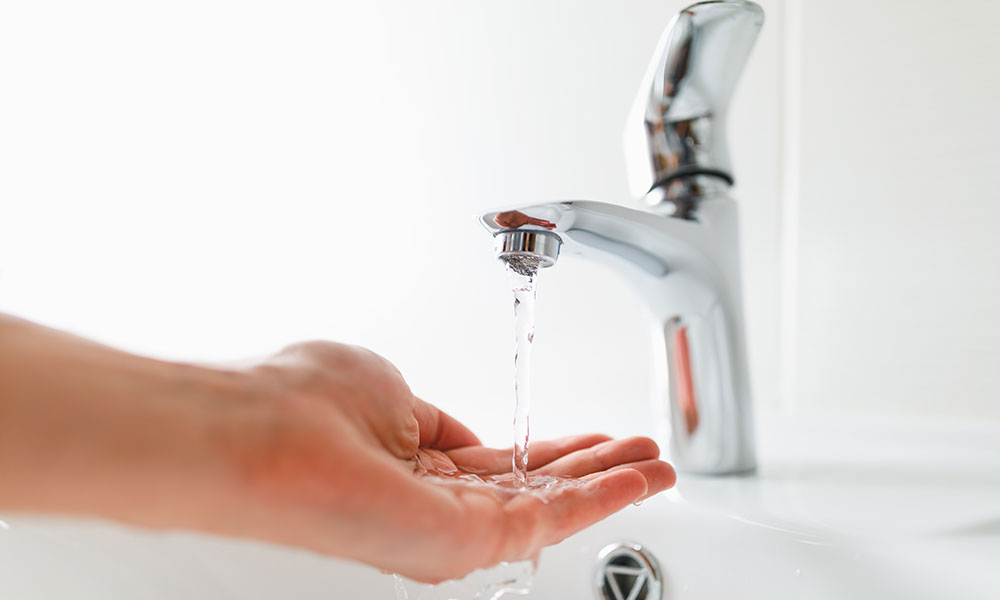Recommended Approaches for Resolving Low Water Pressure in Your Home
Recommended Approaches for Resolving Low Water Pressure in Your Home
Blog Article
They are making several good annotation relating to 9 Reasons for Low Water Pressure in Your House as a whole in this great article on the next paragraphs.

Low water pressure in your house can be an aggravating issue, impacting whatever from bathing to cleaning meals. If you're experiencing weak water flow, there are numerous feasible reasons and options to check out. In this overview, we'll go over typical factors for low tide stress and functional actions to address the problem successfully.
Introduction to Low Water Pressure
Low tide pressure takes place when the circulation of water from your taps, showers, and various other components is weak than normal. This can make daily jobs a lot more difficult and much less reliable. Recognizing the root causes of low tide pressure is crucial to discovering the ideal solution.
Common Root Causes Of Low Water Stress
Faulty Stress Regulators
Pressure regulators are in charge of keeping regular water pressure in your house. If they malfunction, it can cause low water stress or unequal circulation throughout your home.
Community Supply Of Water Issues
Sometimes, the trouble lies outside your home. Metropolitan water issues, such as main line leaks or upkeep job, can temporarily lower water stress in your location.
Pipeline Obstructions
Over time, pipes can end up being blocked with natural resource, debris, or debris, restricting the flow of water. This is a typical problem in older homes with galvanized steel pipes.
Corrosion
Rust within pipes can result in leaks and decreased water stress. Corrosion accumulation can restrict water flow, specifically in aging plumbing systems.
How to Detect Low Water Stress
Evaluating Pipes
Examine noticeable pipelines for indicators of leakages, corrosion, or clogs. Take notice of any uncommon audios, such as knocking or rattling pipes, which might show issues within the plumbing system.
Consulting with a Plumber
If you're not able to identify the reason for low water pressure, think about working with a specialist plumber to carry out an extensive examination. They can determine underlying problems and advise ideal solutions.
Examining Faucets and Fixtures
Beginning by testing the water pressure at various faucets and components throughout your home. If the problem is separated to particular locations, it may suggest local problems.
DIY Solutions to Fix Low Water Pressure
Flushing Hot Water Heater
Debris buildup in the water heater can restrict flow and minimize performance. Purging the tank regularly helps remove sediment and maintain optimal efficiency.
Inspecting Pressure Regulator
Ensure that the pressure regulatory authority is functioning correctly. Adjusting or replacing the regulatory authority can aid restore correct water stress throughout your home.
Cleaning Aerators and Showerheads
Natural resources can gather in aerators and showerheads, lowering water circulation. Eliminate and cleanse these parts frequently to enhance water stress.
Cleaning Clogs in Pipeline
For small obstructions, attempt utilizing a plumbing snake or chemical drain cleaner to clear blockages in pipes. Be cautious when utilizing chemicals and comply with safety and security standards.
When to Call a Specialist Plumber
If DIY efforts fall short to solve the concern or if you suspect substantial plumbing problems, it's ideal to look for help from a qualified plumber. They have the expertise and devices to deal with complicated problems safely and efficiently.
Safety Nets to Preserve Water Stress
Mounting a Pressure Booster
Consider setting up a stress booster pump to enhance water pressure in areas with regularly low circulation. This can be especially valuable for multi-story homes or homes with high-demand components.
Surveillance Water Use
Bear in mind water usage behaviors and avoid overtaxing the plumbing system. Simple modifications, such as astonishing showers and washing tons, can assist maintain sufficient water pressure.
Normal Upkeep
Schedule regular maintenance for your plumbing system to prevent problems such as rust, leakages, and blockages. Dealing with small problems early can aid prevent more significant fixings later on.
Verdict
Taking care of low tide stress can be aggravating, however recognizing the underlying causes and carrying out ideal services can bring back ideal flow throughout your home. Whether it's cleaning up aerators, examining pipes, or speaking with a plumber, taking aggressive actions can ensure a consistent supply of water for your daily requirements.
FOUR WAYS TO FIX LOW WATER PRESSURE NOW
Turning on a shower or faucet only to find the water comes out in a sad, slow drizzle is never a good feeling. How exactly are you supposed to wash a pan or take a quick shower when it takes 10 minutes just to rinse off a little soap? The good news is that when your water pressure is bad, there's always a cause: typically one that can be easily fixed. Here are some of the most common causes of low pressure and what you can do to fix the issue:
DEBRIS AND MINERAL DEPOSIT BUILDUPS
If you notice low water pressure from just one or two of the fixtures in your house, the problem likely has to do with debris buildup. Water is full of minerals and other debris, all of which can accumulate in your pipes and on your fixtures. This can cause a blockage that affects how much water flows through. To fix this, try filling a small plastic bag with white vinegar, and use a rubber band to hang it around your showerhead or faucet. Let the head of the fixture soak for a few hours, and the vinegar should loosen the deposits.
WATER LEAKS
Leaks are another common cause of low water pressure. If water is flowing out of your plumbing through a hole or crack before it can reach your fixture, the pressure coming out of the faucet or showerhead will be lower. A plumbing professional is your best bet for finding and repairing a leak in your water supply pipes.
Leaks are another common cause of low water pressure. If water is flowing out of your plumbing through a hole or crack before it can reach your fixture, the pressure coming out of the faucet or showerhead will be lower. A plumbing professional is your best bet for finding and repairing a leak in your water supply pipes.
A VALVE ISSUE
If you have low water pressure throughout your home, check your main shut-off valve to make sure it's completely open. You may also want to see if there's a pressure-reducing valve installed. If there is, have a plumber help you adjust the settings to get the pressure you're looking for.
OTHERS USING WATER
Believe it or not, your low water pressure could be caused by your neighbors. If you notice low pressure at certain times of day, it may be because you and the people living next to you have similar schedules - when everyone is showering at the same time, the pressure will be lower in every home. Low pressure throughout the neighborhood may also be caused by an issue with your municipal water supply. If that's the case, call the supplier to see if they're working on the issue.
https://www.rotorooter.com/blog/water-leaking/low-water-pressure-fixes/

Do you appreciate reading about 9 Reasons for Low Water Pressure in Your House? Give feedback directly below. We'd be delighted to see your thinking about this blog posting. Hoping that you visit us again before long. Enjoyed reading our posting? Please quickly share it. Let someone else discover it. Thanks a lot for being here. Don't hesitate to come visit our site back soon.
Call Today Report this page